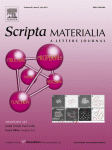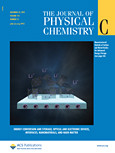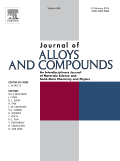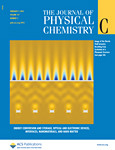 “Ca(BH4)2 + MgH2: Desorption Reaction and Role of Mg on its Reversibility” by Christian Bonatto Minella, Claudio Pistidda, Sebastiano Garroni, Pau Nolis, Maria Dolors Baró, Oliver Gutfleisch, Thomas Klassen, Rüdiger Bormann, and Martin Dornheim. The Journal of Physical Chemistry C. 117:3846-3852 (2013). DOI: 10.1021/jp312271s
“Ca(BH4)2 + MgH2: Desorption Reaction and Role of Mg on its Reversibility” by Christian Bonatto Minella, Claudio Pistidda, Sebastiano Garroni, Pau Nolis, Maria Dolors Baró, Oliver Gutfleisch, Thomas Klassen, Rüdiger Bormann, and Martin Dornheim. The Journal of Physical Chemistry C. 117:3846-3852 (2013). DOI: 10.1021/jp312271s
The Ca(BH4)2-MgH2 composite system represents a promising candidate for mobile hydrogen storage due to a 10.5 wt. % theoretical hydrogen storage capacity and an estimated equilibrium temperature lower than 160 °C. For this system, the reversibility was achieved without further addition of additives. In this study, the decomposition path of the Ca(BH4)2 + MgH2 composite system is investigated in detail by in-situ Synchrotron Radiation Powder X-ray diffraction (SR-PXD) and Differential Scanning Calorimetry (DSC) combined with Thermogravimetry (TG). The sorption properties are analyzed by volumetric measurements. 11B{1H} Solid State Magic Angle Spinning-Nuclear Magnetic Resonance (MAS-NMR) was employed for the characterization of the final amorphous or nanocrystalline boron-based decomposition products. This study shows that the intermediate formation of Ca4Mg3H14 upon de-hydrogenation of the Ca(BH4)2-MgH2 composite system is not a necessary step and its presence can be adjusted modifying the preparation procedure. Moreover, the d-value mismatch calculated for the {111}CaB6/{1011}Mg plane pair is the lowest among the other plane pairs considered in the system. The mismatch in the third direction between CaB6 and Mg is also extremely good. These findings propose Mg as a supporter of the heterogeneous nucleation of CaB6 during decomposition of the Ca(BH4)2 + MgH2 composite system.
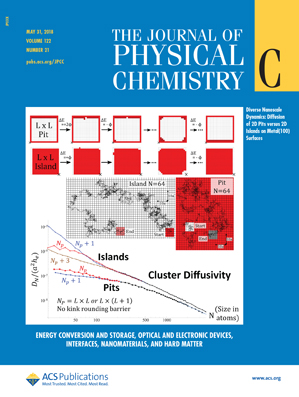
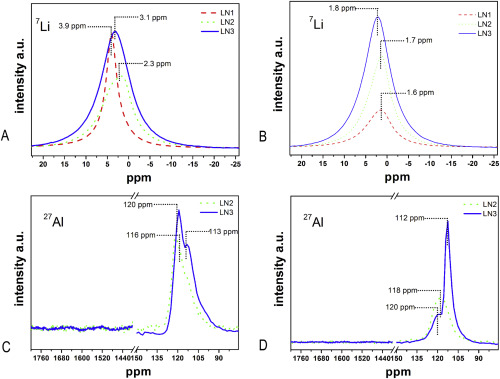
![Experimental evidence of Na2[B12H12] and Na formation in the desorption pathway of the 2NaBH4 + MgH2 system](https://sermn.uab.cat/wp-content/uploads/2011/07/jpccck_v115i028.jpg)
